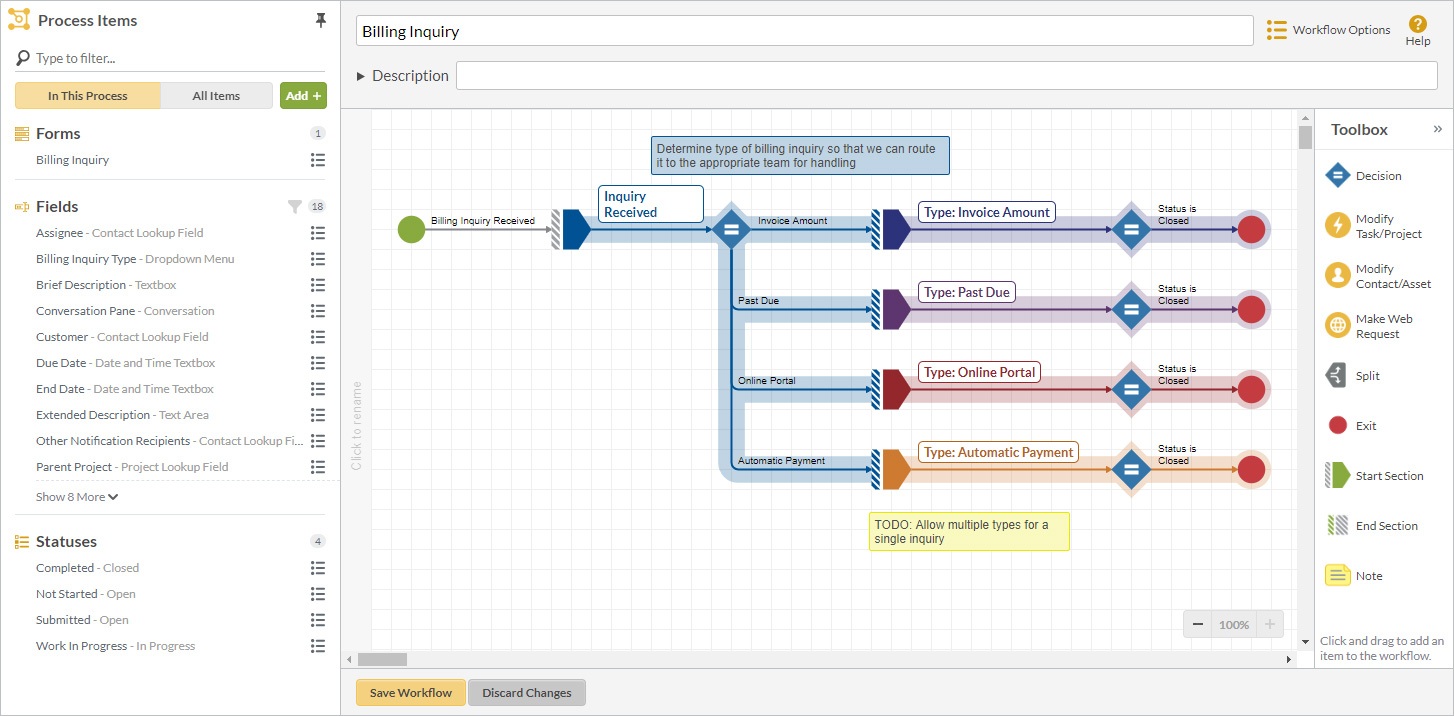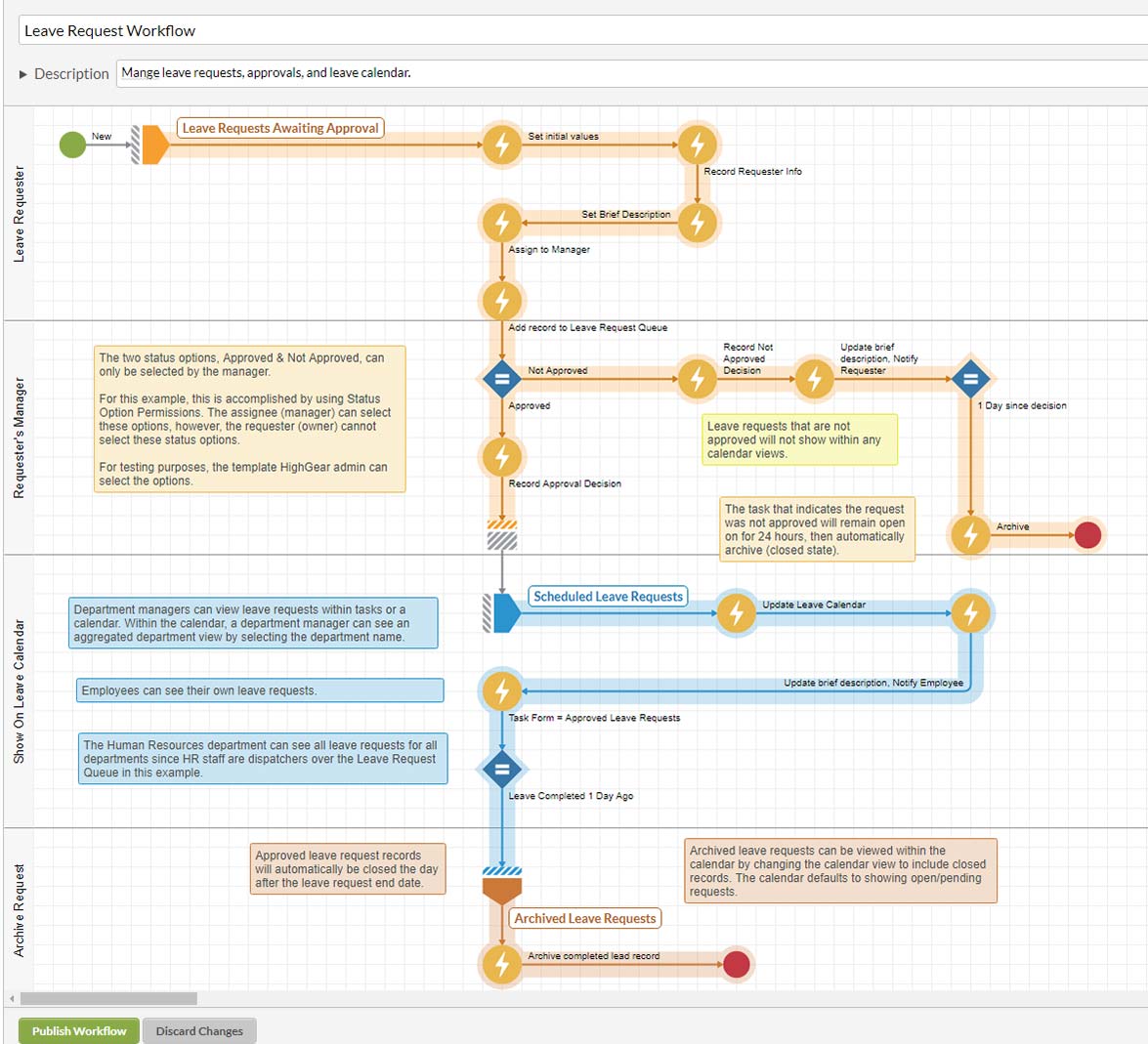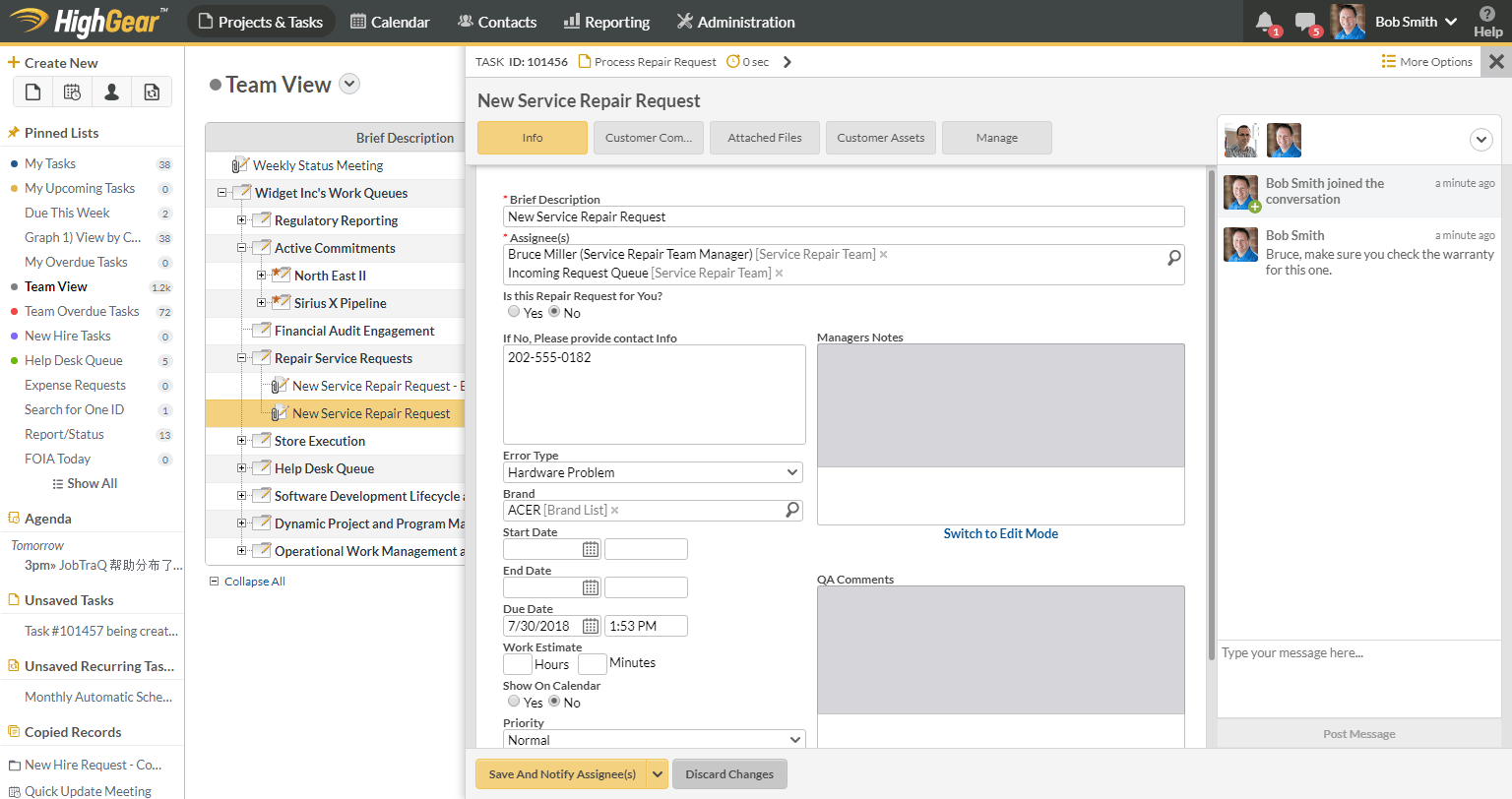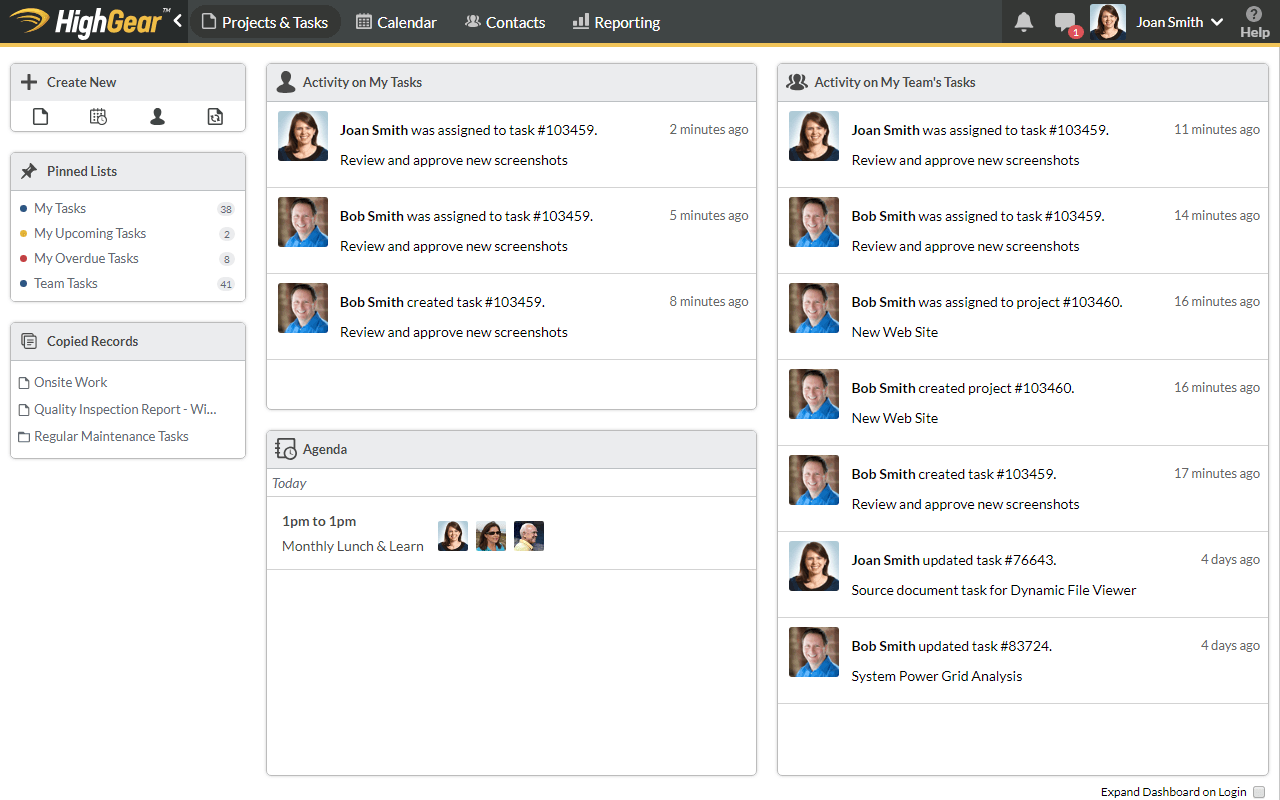Law firms are increasingly turning to the power of Business Process Management (BPM) to improve efficiency and performance, speed up firm growth and enhance and improve the quality of service delivered. For those who have made the leap, the bottom line improvement speaks for itself, however it is the flexibility to change processes and operations on a dime that is delivering competitive advantage to firms practicing in this most competitive of environments.
At last, law firms can now quickly simplify and restructure their operations in a way which is meaningful for their people, clients and themselves.

Adopting Lean BPM
The move to BPM by law firms is long overdue: existing workflow and case management tools tend to put the practice in a straight jacket. Some case management tools are good at focusing on processes or people, it is rare they are good at both. Almost universally, they are poor (or really, really bad!) at tackling the issue of delivering form customization directly into the hands of practice managers, or even the lawyers themselves.
That said, the major obstacle for law firms embracing BPM has been the excessive cost (even for law firms), the time required to deploy a traditional BPMS and the unwieldiness of traditional solutions requiring a lot of specialist support. Even the most profitable and wealthy law firms have found traditional BPM to be beyond them, and in any event such solutions could not deliver the flexibility or usability required.

Lean BPM solutions, such as HighGear, have emerged to address these issues, delivering cost effective BPM armed with a range of functionality law firms need, such as:
- Capture of individual staff work activity and product, without manual intervention, thereby reducing the introduction of error and needless delays, while also decreasing time spent on non-billable activities, e.g. expense reimbursement;
- Cross-practice collaboration and allocation of the right staff/resources to tackle a particular part of the process, without manual intervention, e.g. multiple systems and applications require re-keying of data before the workflow dashboard is updated;
- Simple and fast integration across all practice systems and applications, e.g. using the Lean BPM solution to provide a universal work platform which ties together all the diverse systems and applications used by the firm. This provides greater efficiency and enhanced security as re-keying is further avoided, while staff enter information through the Lean BPM which in turn updates the diverse applications without human intervention. A further benefit is that this technique extends the life of legacy systems and applications, which otherwise themselves will need to be replaced; and
- Centralized document management and repository though use of Attached Files functionality, which means that all work files and associated documents can be attached to a task as it proceeds through workflow. This saves time trying to find missing files and documents which are required. In addition, standardized documents which are frequently used by staff can be centralized within the platform, making change management and version control that much simpler and easier.
BPM solutions deliver all of the above, but they are competing against established workflow solutions claiming to do this too (case management solutions or law practice management software).

How does a Lean BPM stack up against a traditional case management solution?
Case Management
Case management solutions are usually pretty good (not great) at tackling the process and people issues. By this I mean they deliver workflows for your people to follow, but the major problem is that they fall short when it comes to the flexibility needed to change your workflows.
Customization is problematic, and for many who deploy these solutions they find they are shoe-horning the practice into a case management solution. Essentially, the firm has to operate using a business model envisioned by the workflow developer, instead of the solution molding to how you do business. The cost to change traditional case management solutions is also excessive, further adding to the drag on the firm’s development and ability to compete.
As the practice of law evolves and the firm develops, processes and workflows need to change proactively to adapt to opportunities and threats. Traditional workflow solutions are intractable and very difficult and costly to change with anything other than cursory customization.
Traditional case management solutions are also poorly equipped to deliver form customization or to generate automatic alerts and notifications. This makes managing change even more difficult for those with these solutions and there is further reliance on customized code requiring specialized, and expensive, dev and coding skills.
On top of this, the end-user experience is typically poor and it is very common for most law firms to be forcing staff to use a solution which is clunky, slow, sub-consumer grade and fixes them to the office, i.e. not Mobile.

Enter Lean BPM for Legal Practices
When we look at a Lean BPM solution, such as HighGear, they deliver a fully customizable experience which does not require specialist coding or dev skills. Some development or IT input may be required to integrate with the firm’s systems and applications, but this is typically a straight-forward exercise. Once system integration is completed, the ability to change processes and workflows is entirely within the hands of operational staff, even lawyers themselves.
Lean BPM provides staff with the ability to change workflows to suit how the practice operates by using visual workflow tools. All you need is the ability to drag-and-drop visual icons using a mouse and you can create operational workflows structured how you want them. Tasks are automatically created off of the workflows, which includes enforcement of your pre-defined business rules and procedures.
Further, custom form designers are provided, which allow drag-and-drop customization of forms for capturing work product and information. If the practice now needs to capture a particular piece of information before it proceeds through the workflow, then simply make the appropriate fields required and the task cannot proceed until the field is completed.
If the practice is now offering a new service, and this now requires a new set of forms, then simply design what you need to capture information. There is no need for a developer to create them for you – you create these yourself, to your own style, format, layout and including those fields you deem necessary.
Lean BPM solutions also speed up how fast you can create or modify a workflow, which means you can react faster to changing practices or conditions, becoming truly agile in how your practice operates. You are also able to manage quality control better, through standardized processes into which you have full visibility and can also measure.

Forever User-Friendly
A Lean BPM solution will also deliver a consumer-grade User Interface UI) which is intuitive and simple to use. This makes user adoption easier, and staff become more effective and efficient not because they have to use a system you have deployed, but because they want to use it. This speeds up adoption and shortens the time to ROI for the investment in the system. In addition, a Lean BPM solution will provide a fully mobile experience, allowing lawyers and other staff to access the BPM platform wherever and whenever they need too.
Flexible Pricing
Finally, Lean BPM solutions have tackled the issue of cost which has proven to be an obstacle to law firms embracing traditional BPM solutions. Law firms do not need traditional BPM functionality, such as simulation, but they do need task management, workflow, compliance management, resource utilization (billing and hours), document repository, reporting and alert notification and so on. This is by no means an exhaustive list, but the point is that Lean BPM delivers what is required and actually needed, and at a fraction of the cost of a traditional BPMS. We find that HighGear typically costs around 20% of a traditional solution, and deploys in a small fraction of the time too (less than 10% of the time required to deploy a traditional BPMS).
